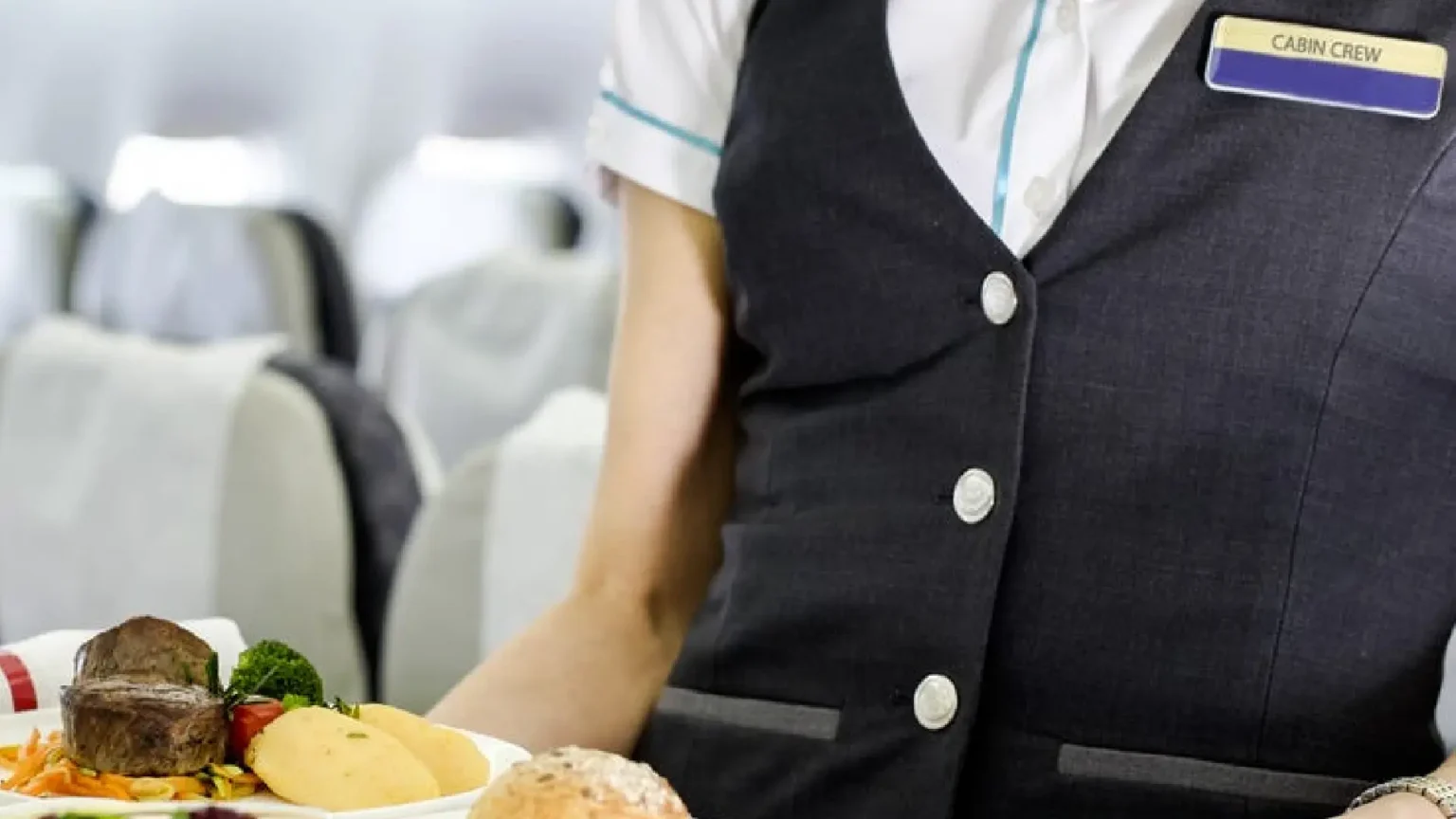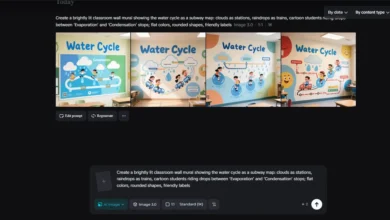
While photography equipment can be costly, there are plenty of ways to obtain professional-grade gear at a fraction of the price. Trusted sources for new and used gear, including KEH Camera, Adorama, and B&H Photo, are great places to buy and sell gear, and the prices are often lower than retail.
Because photography deals can potentially pop up anywhere from the major online marketplaces to specialty camera retailers, your best bet for hunting down the best prices on gear is to grow an online web that includes signing up for retailer loyalty programs such as Adorama’s VIP360 program and keeping an eye on certified pre-owned equipment from reputable dealers who back their merchandise with warranties. These methods save up to 40% off retail prices while maintaining equipment quality and reliability.
When hunting for deals, smart photographers know that timing is everything. However, events like big shopping days, seasonal sales, and end-of-year clearance sales have all been known to present great opportunities to score cameras, lenses, and accessories at bargain prices.
Many trusted retailers now also sell extended warranties, even on used equipment, meaning it’s safer than ever to buy pre-owned gear.
Understanding Photography Equipment Needs
A strategic approach to photography equipment purchases starts with identifying essential gear based on specific usage requirements and establishing clear budget parameters.
Assessing Your Photography Style and Requirements
Each photography style requires a different gear setup. Portrait photographers require fast prime lenses with wide apertures, while landscape photographers use wide-angle lenses and rugged tripods.
With many zoom lenses, prime lenses can be sharper and are usually faster (they go down to a wide f-stop number), making them a better choice for low light and narrow depth of field.
A camera body and an affordable 50mm lens may be the starting point. A specific need might warrant adding additional gear.
Setting a Budget for Equipment Investments
Start with essential items that match your current skill level rather than purchasing everything at once. A camera body and standard lens typically consume 60-70% of an initial budget.
Research current market prices through reputable retailers and set price alerts for desired items. Many photographers find success starting with mid-range equipment.
Consider purchasing previous generation models or certified refurbished gear to maximize value. These options often provide professional-quality results at reduced costs.
Set aside 10-15% of the budget for essential accessories like memory cards, spare batteries, and a basic cleaning kit.
Research and Comparison Strategies
Smart research tactics and systematic comparison methods significantly improve the chances of finding quality photography equipment at the best prices. Price tracking tools, user reviews, and multi-channel shopping help photographers make informed decisions while maximizing their budgets.
Leveraging Online Reviews and Ratings
Professional photography websites and forums provide detailed, hands-on equipment reviews from experienced photographers. These reviews often highlight real-world performance aspects that specifications alone cannot convey.
Review aggregator sites compile ratings from multiple sources, making it easier to spot consistent praise or recurring issues across different platforms.
YouTube channels dedicated to photography equipment testing offer visual demonstrations and practical usage scenarios. These video reviews can reveal handling characteristics and operational quirks that might not be apparent in written reviews.
Key review factors to consider
- Image quality samples
- Build quality assessment
- Long-term reliability reports
- Value-for-money ratings
Utilizing Price Comparison Websites and Tools
Price tracking websites like CamelCamelCamel monitor historical prices across major retailers, revealing optimal purchase timing and genuine discounts.
Popular photography price comparison tools aggregate listings from authorized dealers, helping photographers avoid counterfeit products and unauthorized sellers.
Essential price tracking features
- Price history graphs
- Email alerts for price drops
- Seasonal pricing patterns
- Bundle deal notifications
Use Automatic Coupon Extensions
Coupon Extensions for Chrome like DontPayFull and Capital One Shopping automatically find and apply valid discount codes during checkout.
These tools track retailer-specific promotions and stack compatible discounts for maximum savings.
Many extensions offer cashback programs specifically for photography equipment purchases through partner retailers. Additionally, browsing deal aggregation sites like HotDeals can help uncover current promotions, flash sales, and verified coupon codes from trusted photography retailers — all in one place.
Exploring Local Camera Stores and Online Marketplaces
Local camera stores often match online prices and provide hands-on testing opportunities before purchase. Many offer trade-in programs and package deals that are not available online.
Reputable online marketplaces connect buyers with certified sellers offering new and professionally refurbished equipment.
Marketplace shopping tips
- Verify seller ratings and history
- Check return policies
- Confirm warranty coverage
- Inspect authenticity guarantees
Used equipment marketplaces like KEH and MPB provide graded equipment with warranty protection.
Timing Your Purchase for Maximum Savings
Strategic timing is crucial in securing the best deals on photography equipment, with significant discounts available during specific periods throughout the year.
Seasonal Sales and Promotions
Major camera retailers offer their deepest discounts during Black Friday and Cyber Monday, with 20-40% savings on popular camera bodies and lenses.
January brings post-holiday clearance events where retailers slash prices to clear inventory. These sales frequently include last year’s models at 30-50% off original prices.
Prime shopping periods emerge in late February and early March when manufacturers announce new camera models. Stores reduce prices on existing stock to make room for upcoming releases.
Taking Advantage of Clearances and Closeouts
Retailers typically clear out discontinued camera models and photography accessories in August and September. These closeouts can yield savings of up to 60% off original prices.
Store-specific inventory reduction sales occur quarterly, offering excellent opportunities to purchase display models and open-box items at steep discounts.
Key closeout periods
- End of fiscal quarters (March, June, September, December)
- Model year transitions (varies by manufacturer)
- Store renovations and relocations
Many retailers mark down photography equipment that has been returned or refurbished, offering 25-40% savings with full warranties intact.

















